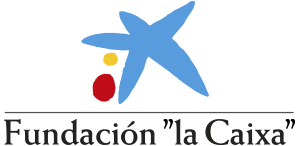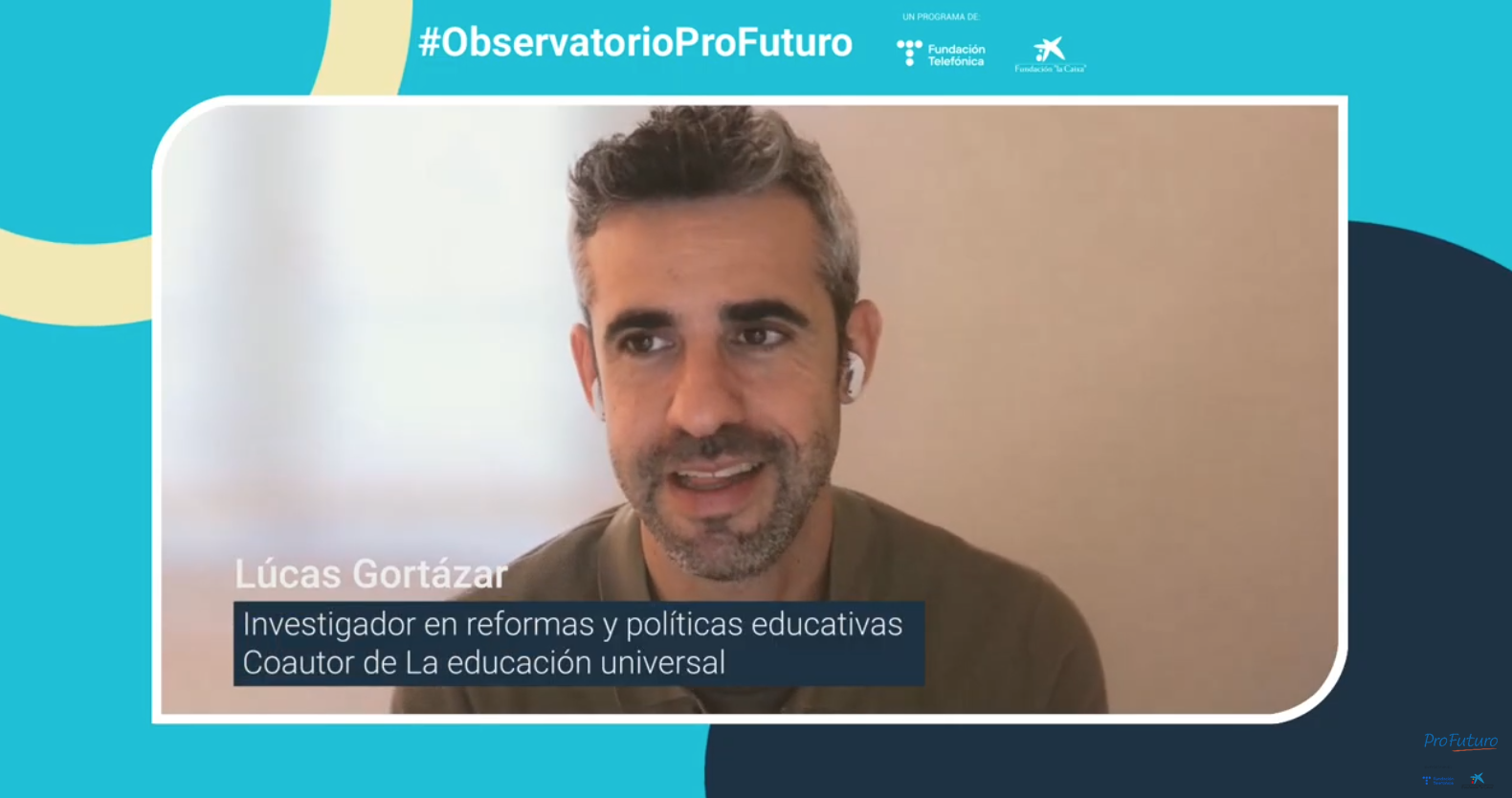
In times when classrooms no longer conform to a single mould, assessment cannot remain a mere control procedure. Now more than ever, assessment must become an ally: a tool that helps students grow, not just assign grades. This is the emphasis of the Teacher’s Guide on Formative Feedback, which advocates a simple yet powerful idea: informing students not only about their mistakes but also how to progress.
The document, supported by SUMMA and Fundación “La Caixa” and authored by Rebeca Anijovich, draws from international research (such as that of the British Education Endowment Foundation) and posits a fundamental concept: providing students with useful, specific, and timely information about their performance enhances motivation, sharpens thinking, and fosters autonomy.
Key points include: fewer judgmental exams, more guiding comments; less “you did it wrong,” more “here’s how you can improve.”It’s not about being lenient, but about being helpful.About teaching better.As simple—and as challenging—as that.
What Do We Mean by Formative Feedback?
The guide begins by clearly distinguishing formative feedback from traditional grading. While the latter assigns a number or letter to student work, formative feedback provides qualitative information on achievements, challenges, and potential paths for improvement. It addresses not only “what did the student do right or wrong?” but also more effective questions: “What should be done now? How to progress? What is needed to reach learning objectives?”
This assessment approach aligns with an inclusive vision of education. According to the guide, while selective assessment logic assumes only some students can learn successfully, formative feedback trusts that all students can improve with proper guidance. It involves viewing each student as an active participant in their learning process, entitled to understand their strengths and areas for improvement, and to have the necessary tools to advance.
Assessment as Part of Learning, Not Its Conclusion
The guide’s approach is based on the idea of “assessing to learn,” positioning assessment at the core of the educational process and turning it into a continuous practice that accompanies the student, allows reflection on performance, and provides input for teachers to adjust their instruction.
This perspective transforms the teacher-student relationship from one mediated by judgment to one of reflective dialogue. It is within this exchange that genuine opportunities for improvement and development arise.
Five Key Strategies According to Dylan Wiliam
The guide incorporates the framework proposed by Dylan Wiliam (2011), identifying five fundamental strategies for impactful assessment:
- Sharing learning intentions and success criteria: students should clearly understand what is expected of them.
- Designing activities that reveal the level of understanding.
- Encouraging peer interaction as a learning source.
- Activating students as agents of their own learning process.
- Providing feedback that propels learning.
These strategies shift teaching from a transmission-focused approach to one centred on active knowledge construction.
For example, consider a common scenario: a student submits an argumentative essay. Traditional feedback might only point out grammatical errors and assign a numerical grade. In contrast, formative feedback could include comments like: “You’ve included various viewpoints, enriching your analysis. How could you delve deeper into the argument in the second paragraph? What evidence could you add to strengthen it?”
This type of interaction not only informs the student on how to improve but also invites them to think, review, and act, placing them at the centre of the process.
Formative feedback trusts that all students can improve if they are given the right guidance.
Benefits and Foundations of Formative Feedback
One of the guide’s significant contributions is demonstrating how formative feedback profoundly transforms teaching and learning. Beyond being an assessment technique, it is a pedagogical practice that promotes the student’s holistic development.
Self-Reflection: Learning Autonomy
When students receive specific comments on their performance—e.g., “Good use of sources, but delve deeper into the second paragraph”—they begin to view their work differently. They learn to self-assess and decide how to improve. This is the foundation of autonomy: knowing where to go and why.
The guide emphasizes that fostering critical and autonomous individuals involves teaching them to reflect on their own learning. This doesn’t happen by chance; it requires pedagogy that trusts students and provides them with tools to grow.
Motivating Without Grades: Recognizing the Process
A red number says little. A well-crafted comment does. When feedback acknowledges progress—a clear idea, a well-structured argument—the student understands that their effort matters. Motivation then stems not from fear of failure but from the desire to do better.
Especially for those facing more challenges, this type of feedback boosts self-esteem. It conveys, in other words: “You can do it, and here’s the proof.”
A Learning Community
Feedback isn’t confined to the classroom. When the entire educational community—teachers, families, administrators—adopts a language based on suggestions, questions, and listening, the school climate changes. Judgment gives way to dialogue, building trust.
For instance, asking “How could you explain this better?” has a vastly different effect than merely stating “lacks development.” This tonal shift can permeate the entire institution.
High Impact at Low Cost
Practically speaking, according to the Education Endowment Foundation, this strategy significantly enhances learning without substantial investments. It is pedagogically powerful and economically sensible. In resource-limited systems, it is almost an ethical imperative.
Implementing Formative Feedback in the Classroom
Adopting formative feedback isn’t just about goodwill. It requires revising habits, changing perspectives, and, above all, planning. The guide from SUMMA and Fundación “La Caixa” doesn’t promise miracles but offers concrete suggestions applicable even in overcrowded classrooms and complex contexts.
- Timing: Delayed comments are noise. Formative feedback requires immediacy: a timely word is more valuable than three paragraphs two weeks later. While instant correction isn’t always possible, keeping the learning moment alive is beneficial.
- Quantity: It’s not about saying everything but the right amount. Better to focus on one or two key aspects than to skim over the entire work. In an essay, for example, concentrate on coherence and leave spelling for another time. Students appreciate not being overwhelmed with red ink.
- Mode: Not everything needs to be written. A whispered phrase, a brief audio, or even a gesture can be more effective than detailed comments. Clarity, respect, and the message—how to keep improving—are what matter.
- Audience: Feedback can be individual but also collective. A common error can serve everyone. Even peer feedback—given some prior training—can yield valuable insights. This too is a learning process.
What Is Said Matters
Telling a student “you’re brilliant” is flattering but unhelpful. In contrast, noting “you cited sources well and constructed a clear argument line” guides, informs, and educates. The same applies to highlighting the process: “You drafted several versions, which is evident in the structure.” Thus, feedback shifts from judgment to guidance.
Genuine Dialogue
Formative dialogue isn’t a sermon; it’s a conversation. Asking instead of asserting, listening instead of interrupting. Simple prompts like “What evidence could you add here?” open doors that “weak argument” leaves closed. The guide proposes a horizontal relationship: trust, respect, and viewing errors as opportunities, not failures.
Practices to Avoid
Certain practices undermine formative feedback:
- Incomprehensible language.
- Generic comments that convey nothing.
- Delayed responses.
- Focusing solely on pass/fail.
- Looking only to the past without opening paths to the future.
The alternative: clear suggestions, thought-provoking questions, and feedback delivered with humanity. Because learning is not about accumulating mistakes, but discovering how to correct them.
Institutional Requirements: How to Create a School Culture That Supports It
No pedagogical practice survives for long if it relies solely on the enthusiasm of a few teachers. For formative feedback to take root, more than good intentions are needed: it requires institutional culture. That, according to the guide by SUMMA and Fundación “La Caixa”, begins with understanding the school as a learning community—not a sum of isolated classrooms.
Six Conditions for It to Work
- Positive Climate:
Without respect, participation, or listening, there is nothing. If teachers feel their voices matter and students feel safe to make mistakes, there is room to grow. - Mutual Trust:
Feedback exposes. For it not to feel like punishment, a network of trust is essential: knowing that whoever speaks does so to help, not to judge. - Sustainability:
A single workshop or trend is not enough. Continuity, pedagogical leadership, and space for trying, failing, and adjusting are essential. - Meaningful Frequency:
Feedback shouldn’t be provided out of obligation, but when it is useful, when something is at stake. Ideally, it should be integrated into daily routines—not imposed as an extra task. - Balance:
Recognising what was done well is as important as identifying areas for improvement. No empty praise or excessive criticism. Only through this balance is progress possible. - Error as a Driving Force:
The biggest cultural shift: understanding that making mistakes isn’t falling, but moving. Error, when observed well, is the clearest clue as to what comes next.
Skills That Don’t Come Naturally
Teachers need tools: to listen effectively, ask the right questions, deliver clear messages, and reflect on their own practice without seeing it as a weakness. The same goes for students: learning to receive feedback, ask for help, and reflect. None of this is spontaneous—it must be taught.
How to Start Without Sinking
The guide proposes a five-step path, adaptable to any context:
- Motivate:
Raise awareness among the team using examples, readings, and testimonies. - Train:
Equip teachers with specific tools and strategies. - Organise:
Create time and space to apply them. - Implement and Monitor:
Try things out, adjust, and reflect. - Document:
Record what works and share it.
Gradually, the practice stops being an experiment and becomes part of the school’s identity. And that is no small achievement.
A New Way to Understand Teaching
Formative feedback is not a technique or an add-on. It’s a way of understanding teaching: not as control, but as accompaniment. Not as a sentence, but as dialogue.
The guide from SUMMA and Fundación “La Caixa” is clear: for this practice to truly transform schools, it takes more than goodwill. It requires time, coherence, and a supportive environment. But what it offers in return is significant: more motivated students, more reflective teachers, and an institution that teaches through its way of being.
Commenting with intent, listening with attention, and making room for mistakes without turning them into punishment—these small gestures make the difference between a school that teaches and one that merely passes or fails students.






